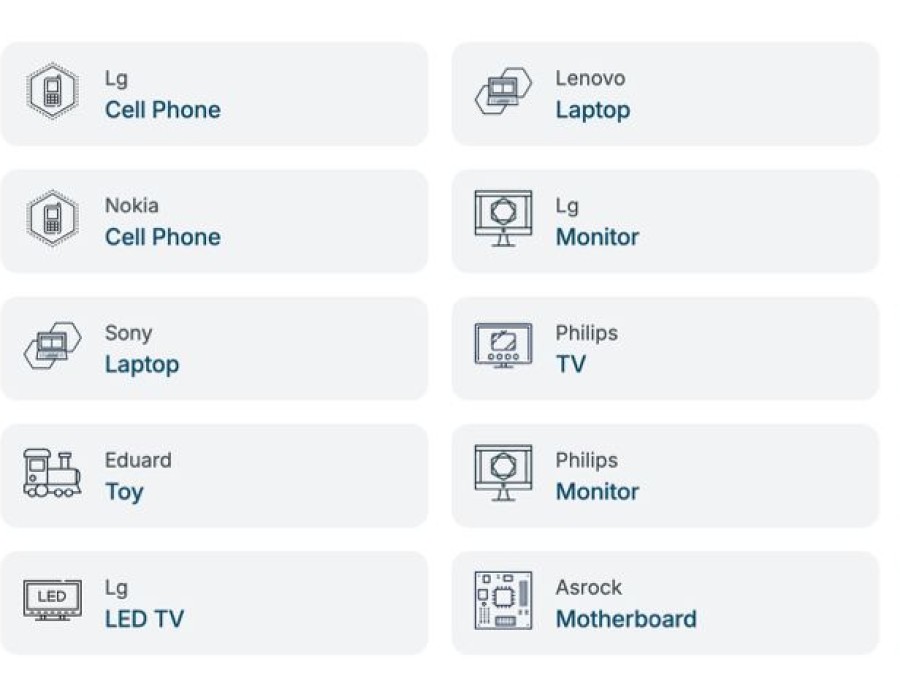We’ve come a long way from the days of paper-thick instruction manuals stuffed into every box. The trend now is sleek packaging, QR codes, and a silent assumption that everyone knows what they’re doing. But let me be blunt: they don’t.
I’ve run a small electronics retail business for over a decade. If there’s one thing I’ve learned, it’s this — even the smartest tech still breaks, still confuses, and still needs real, step-by-step instructions. Whether it’s a customer returning a perfectly working unit because they “couldn’t get it to start,” or a call about why a new appliance is flashing a weird light, the root problem is often simple: they didn’t read the instructions — or couldn’t find them.
Let’s talk about why that matters more than ever.
People Think Everything Should Just Work
There’s this belief out there that everything is plug-and-play now. That you can just turn it on, and it’ll do what you want. And sure, some things are that easy. But plenty aren’t.
Try setting up a multi-zone smart thermostat. Or syncing a wireless printer with five devices across two networks. Or adjusting the default settings on a high-efficiency water heater.
People don’t like admitting they’re stuck. So instead of checking the manual, they hit forums, click through half-baked YouTube videos, or worse — they start guessing.
That’s when mistakes happen. Settings get changed. Buttons get held too long. Products get blamed.
Smart Devices Aren’t Always Smart Out of the Box
Here’s the thing: most “smart” devices are only smart once they’re set up right. But getting to that point usually takes more than just turning them on. It requires steps — steps that are different depending on the model, version, and even the firmware.
Just last week, a customer returned a smart garage opener because “it didn’t connect to the app.” Turns out, they skipped the calibration step — which was buried on page 6 of the digital manual they never downloaded.
This kind of thing isn’t rare. I see it with everything: heaters, cameras, routers, blenders. People skip the basics, and when things don’t work, they assume the product’s faulty.
It’s not their fault entirely. Tech companies don’t exactly make it easy. Many don’t include printed manuals at all anymore — assuming you’ll figure it out or go find it online.
Googling Isn’t the Same as Knowing
Everyone thinks Google has the answer. But try searching for a fix for a blinking error light on a model you don’t know well. You’ll get:
- A mix of outdated forum posts
- A few vague Reddit threads
- A dozen affiliate blogs full of guesses
- Maybe one video in poor lighting
It’s a mess. And when you're standing in front of a boiler that won't ignite, or an HVAC unit in mid-winter, guessing is the last thing you want to do.
The difference between a three-hour headache and a two-minute fix often comes down to having the right model-specific guide in front of you. That's where organized, reliable instruction hubs become real assets.
For example, if you're dealing with Raypak equipment — which is great but not always intuitive — you'd want quick access to the right manuals without bouncing around ten tabs. A place like https://manuals.online/raypak gives you exactly that — clear documentation by model, with no fluff, no distractions. Just answers.
The More You Own, the More You Need to Know
Households today are packed with tech. From kitchen appliances with built-in Wi-Fi to outdoor systems you can control from your phone. And in businesses? It’s ten times more complex.
One customer, a small gym owner, once told me she had instruction manuals for 36 separate products — from HVAC systems and lighting controls to water fountains and treadmills. All it took was one circuit reset during a storm, and she spent half a day trying to remember how to reconfigure her pool heating system.
That’s not rare. It’s reality.
Nobody has the time to memorize every step for every product. But when things go wrong — and they will — not having fast access to those instructions turns a small issue into downtime, frustration, and lost revenue.
It's Not About Reading Manuals — It's About Solving Problems
Look, no one’s saying you need to sit down with every manual like it’s a novel. Most people don’t care about every feature, and that’s fine. But when something doesn’t work, when you need to change a setting, or when you're training staff on how to use something safely, that’s when good instructions matter.
And not just any instructions — the right ones, for your model, in your language, with clear steps.
For business owners like me, it’s not a question of “should I keep the manual?” It’s “where do I keep it so I can grab it when I need it?”
Final Thought: Keep the Help Handy
Instructions are not just paper stuffed in a box. They're the key to making your products work the way they were built to. Whether it’s a complex pool heater or a basic blender, knowing where to find clear, direct help when something’s off is part of being a smart owner — or a smart business.
Don’t rely on memory. Don’t rely on guesses. And don’t rely on generic online chatter.
Get the real instructions. Bookmark the right sources. Keep your tools sharp — and that includes your knowledge.
Because in the age of smart everything, smart troubleshooting still starts with reading the manual.






Comments